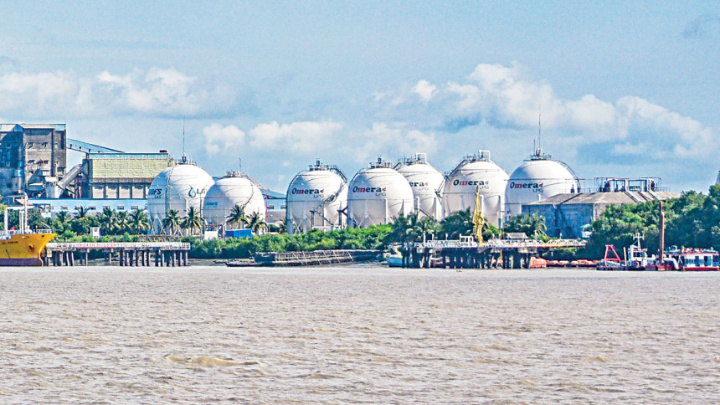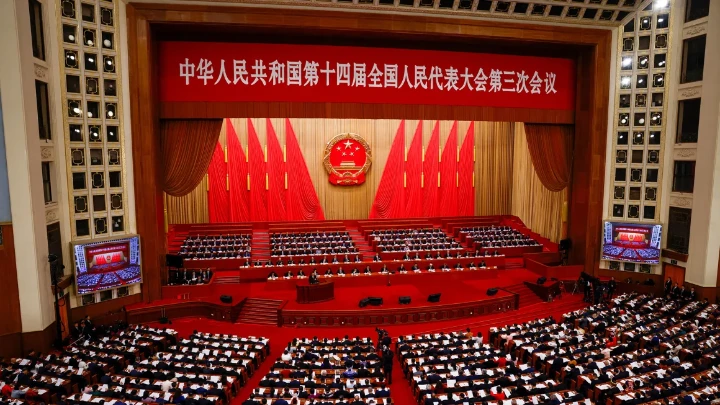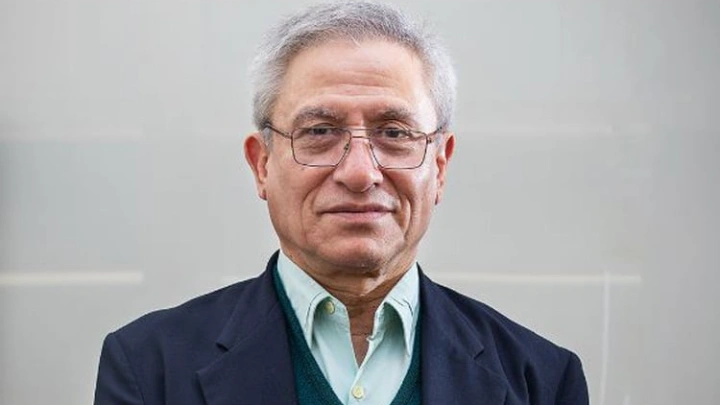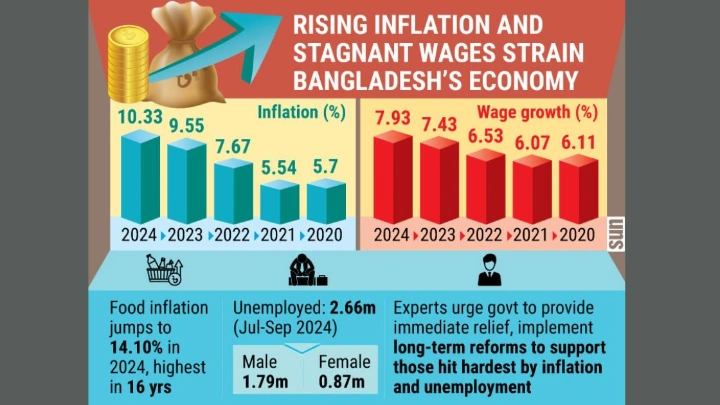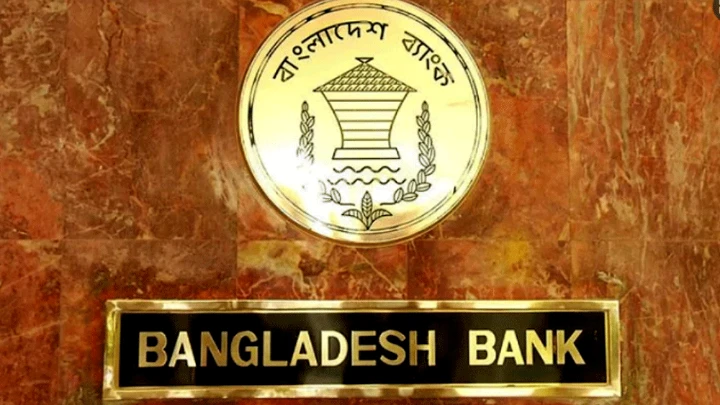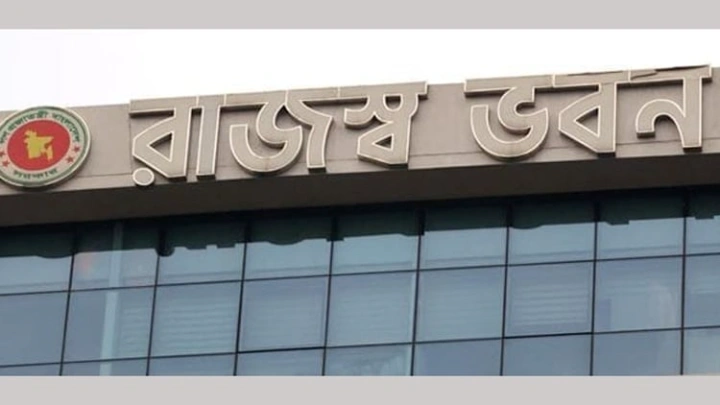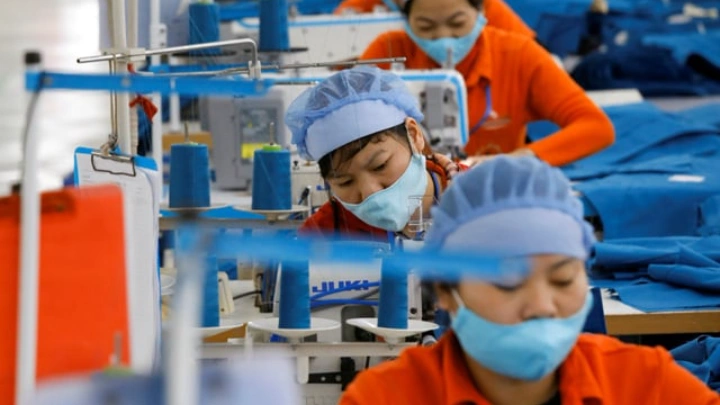3 bottlers control over half of $3.2b LPG market
Shining BD Desk || Shining BD
Three bottlers control more than 50 per cent of the $3.2 billion liquefied petroleum gas (LPG) market in Bangladesh, according to industry people and a recent market assessment.
And the top 10 companies dominate more than 70 per cent of the 1.2 million tonnes of annual demand for LPG.
Bashundhara LP Gas, the first LP gas importer, cylinder distributor and cylinder manufacturer in the private sector of the country, is the market leader with a 24 per cent share, said market insiders and an assessment of local research firm Apprentice Consulting.
Omera LPG owns 19 per cent share while Jamuna 10 per cent, Totalgaz 6 per cent, Laugfs Gas 4 per cent, BM Energy 3 per cent, Beximco, Navana, Petromax, and JMI LPG 2 per cent each, and the rest 30 per cent.
"Still, there is a scope to grow in the market since the demand is rising in line with the healthy expansion of the economy," said Jakaria Jalal, general manager of Bashundhara LP Gas.
In Bangladesh, the demand for the fuel is rising owing to an inadequate supply of natural gas, the shift away from burning wood at the household level, and the government's drive against illegal gas connections and policies aimed at popularising LPG.
In 2019, the country's LPG use stood at around 10 lakh tonnes, which was only 47,000 tonnes in 2009.
Annual demand is expected to grow to 2 million tonnes by 2030 if the consumption keeps going up at the current pace.
The market widened at 10 to 12 per cent annually in the last two decades in keeping with an increase in the purchasing power of people and urbanisation.
Jalal says the growth of the market has slowed since it has crossed the rapid expansion stage.
"But companies with a good network would be able to raise their share."
Currently, the demand is going up by about 5 per cent annually, according to a senior official of a major bottler.
"The LPG market will grow until 2040," he said.
Now around 30 companies are active in the local LPG market and more than 15 companies are looking to make a foray into the industry.
Despite deepening competition amid the existing operators, global off-grid energy distributor SHV Energy entered Bangladesh's LPG market recently after completing the acquisition of local bottler and marketer Petromax LPG.
SHV Energy is a family-owned Dutch multinational company and has a presence in 25 countries across four continents.
"Foreign investors such as SHV will help develop the market further and deliver a better cooking experience to residential and commercial LPG users and better heating experience for industries, said Tanzim Chowdhury," chief executive officer of Omera Petroleum Ltd.
LPG is regarded as a safe and cost-effective alternative to natural gas and it has become more accessible nowadays as the supply is constantly increasing, according to Petromax LPG.
Another senior official of a bottler says companies should work together to find a way to bring down the price at the retail level.
"We need a more competitive market with reasonable profit margins," he noted.
The government moved to the market-based price fixing of LPG for private operators in April last year. The Bangladesh Energy Regulatory Commission (BERC) announces the price of the fuel in the first week of every month.
In August, the commission cut the prices of the 12-kg cylinder of LPG, mostly used by households, to Tk 1,219 from Tk 1,254 as the energy's cost has gone down in the international market.
Consumers, however, spend Tk 1,400 to Tk 1,450 for a 12kg cylinder.
Households account for 80 per cent of the total LPG consumption, while commercial use makes up 15 per cent and the transport sector consumes 5 per cent, according to industry people.
Private operators mainly import LPG from the Middle East based on Saudi cargo price.
In recent months, the price of LPG has gone up largely owing to a higher US dollar rate, said the official.
Amid dollar shortages, the local currency has lost more than 11 per cent of its value against the US dollar on the inter-bank platform, where banks buy and sell American greenback among themselves.
Although the dollar trades at Tk 95 on the platform, importers have to count up to Tk 110 per USD to settle import bills, meaning the taka has fallen by at least 25 per cent against the dollar in a span of a year.
In the commercial segment, Bashundhara's market share is 39 per cent, followed by Totalgaz and Omera with 22 per cent each, according to Apprentice's assessment.
So far, companies have invested around Tk 35,000 crore in the sector, said a source.
Source - The Daily Star
Shining BD

